How Long Does The Death Penalty Last? Ask SMU.

The Death Penalty. A threat that is so rare and so frightening that it sends shivers down fans’ minds every time their team is being investigated. But for something that is so feared, it has only happened a handful of times. So is something that is so uncommon really something that should be worried about? Ask SMU.
A quick backstory is required to show how serious the Death Penalty is in modern sports. Both Kentucky (1952-53) and Southwestern Lousiana (1972) were hit with the Death Penalty before Southern Methodist. SMU’s punishment was the first under the “repeat offender” rule. In 1987, while on probation, the NCAA found that SMU has continued to commit violations and found it necessary to give them the Death Penalty. SMU’s scandal included paying players money, cars, and anything else they might need. It was one of the dirtiest scandals to ever hit collegiate sports. If something could have been illegal in the eyes of the NCAA, the Mustangs were probably doing it.
After SMU was hit with probation in 1985, the school did not immediately stop paying players. According to Time, they phased out payments. SMU continued to pay the players that were already there until they were gone. If you have seen the 30 For 30 on SMU, you know what happened next. A former player came forward and recounted how players were still being paid for their services. Long story short, the NCAA found the information to be true and slammed the door on SMU. The Death Penalty was given to the Mustangs’ Football Program in 1987.
So what effect did the Death Penalty have on SMU’s Program and the school as a whole? After the 1987 game was canceled, all home games in 1988 were as well. No games were on TV for several years, dozens of lost scholarships, recruiting was essentially shut down. It may seem like a program is only out for a year, but the Death Penalty can ruin a program for decades. SMU was a national contender in the 1980s, pumping out NFL Prospects and competing against the top schools in Texas. After probation hit in 1985, the Mustangs did not return to a bowl game until 2009 and struggled to bring any talent into their program. SMU was completely irrelevant for almost three decades and is just now beginning to see some form of consistency in their program.
The Death Penalty completely changes everything. The school. The players. The coaches. The town. If Louisville were to be hit with the Death Penalty, it would set a precedent for the effect afterward. Dallas was not dependent on SMU sports. The ripples of the Death Penalty would be felt for decades in Louisville. There would be much more of an economic impact (hotels, downtown, restaurants) than there was at SMU as well as emotional. The program is more influential on the town and campus than SMU. The effect the Death Penalty on Louisville would be groundbreaking and would tear down an institution that has been at the center of the city.
Louisville has already lost several big recruits in less than 24 hours after Tom Jurich and Rick Pitino were dismissed. If the NCAA drops the hammer, Louisville would lose top recruits for years. The Death Penalty is meant to punish those that don’t heed the warnings of the NCAA. Louisville may or may not be deserving, but you don’t have to look past the last thirty years to see that the Death Penalty is a punishment that affects a program for a lot longer than one season.
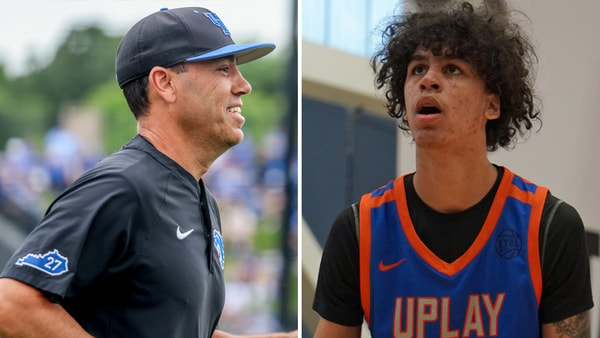
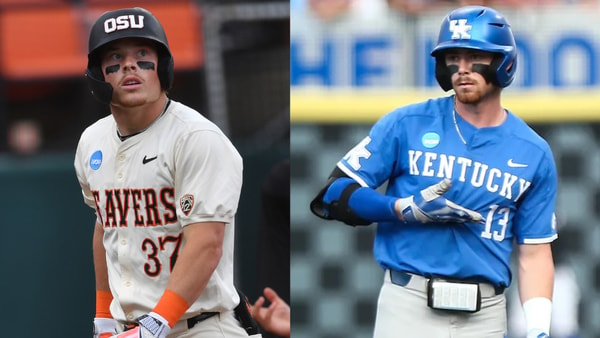
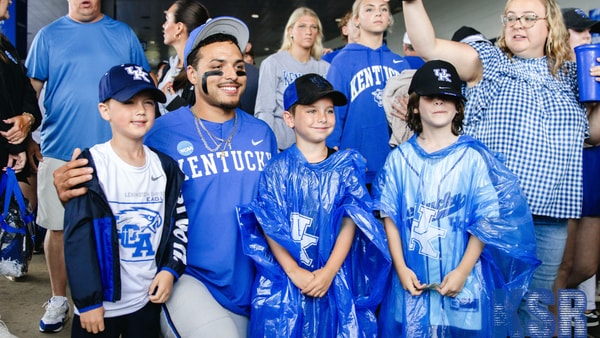


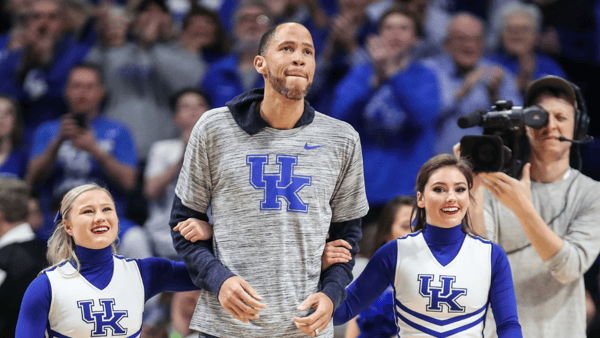
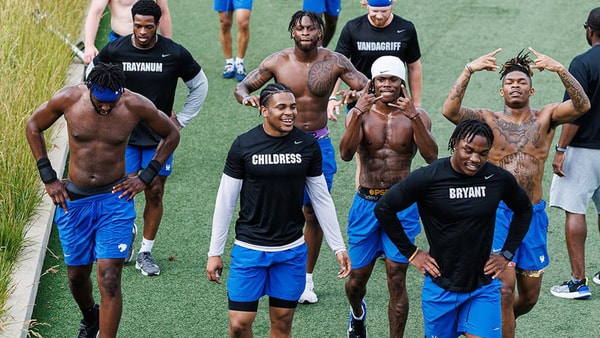
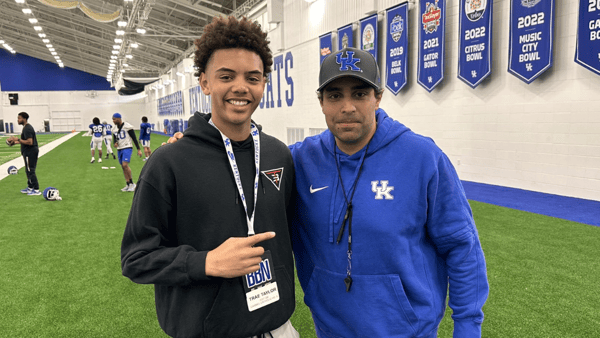
Discuss This Article
Comments have moved.
Join the conversation and talk about this article and all things Kentucky Sports in the new KSR Message Board.
KSBoard